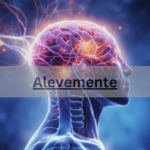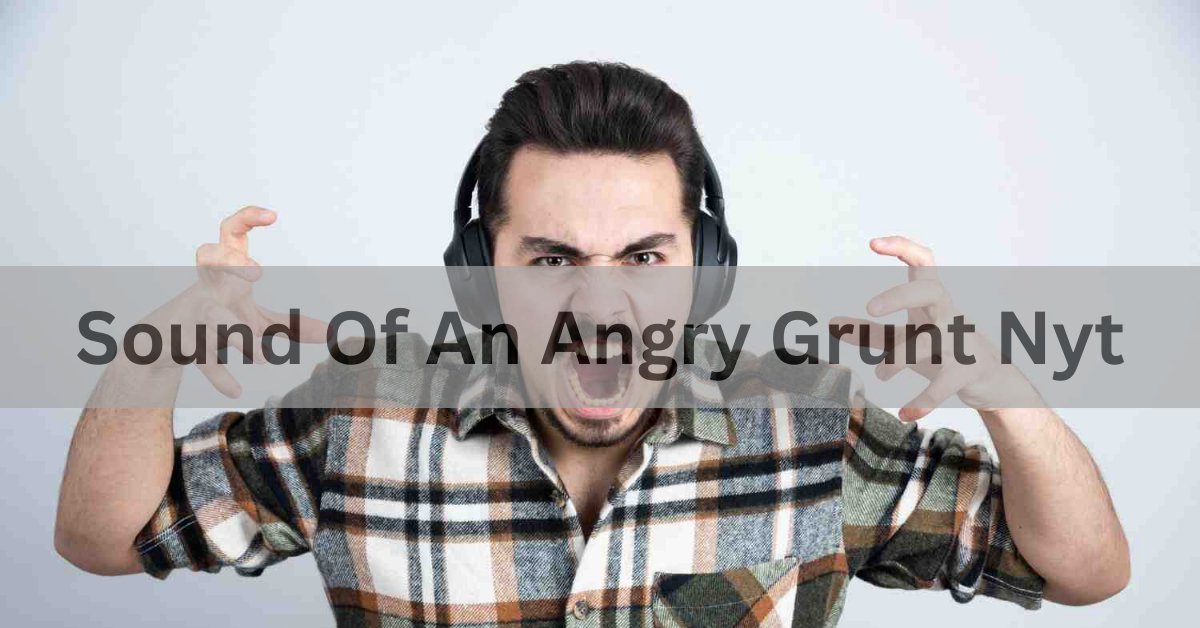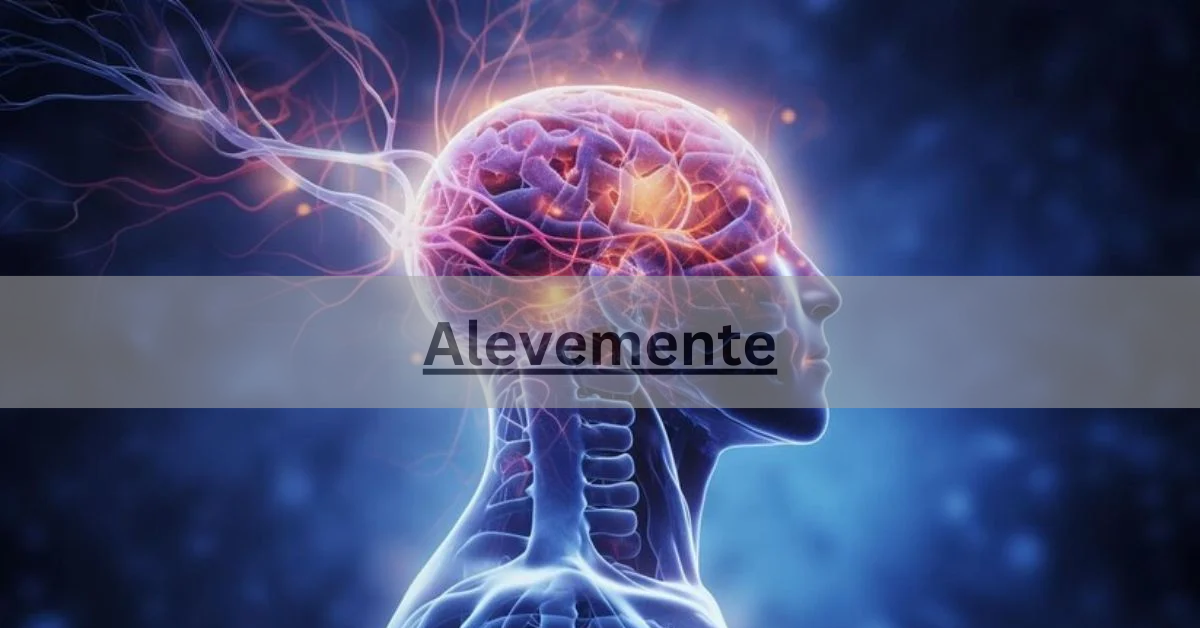Crossword puzzles have long been a beloved pastime, providing mental stimulation and entertainment for puzzle enthusiasts across the globe. Among these, The New York Times (NYT) crossword stands out for its complexity, clever wordplay, and cultural references. One particular clue that has recently captured the curiosity of many solvers is the phrase “Sound of an angry grunt.”
This article will dive into the meaning and context behind this clue, its cultural significance, and the broader appeal of the NYT crossword. We’ll also explore the intricacies of crossword solving, providing interpretations and insights that go beyond just the answer to this specific clue.
A Brief History of the NYT Crossword Puzzle:
The New York Times crossword is considered a gold standard among crossword puzzles. First appearing in 1942, it quickly gained popularity and became a daily ritual for many readers. The puzzle’s difficulty increases throughout the week, with Monday being the easiest and Saturday the hardest. Sunday’s puzzle is typically larger but comparable to a Thursday in terms of difficulty.
The crossword puzzle has become more than just a newspaper feature—it’s a cultural institution. Frequent solvers are often captivated by the nuanced clues, and each puzzle serves as a blend of language, logic, and creativity. The “Sound of an angry grunt” clue is just one example of how crosswords can intertwine language and emotion in surprising ways.
Breaking Down the Clue: “Sound of an Angry Grunt”
The Clue in Context
The clue “Sound of an angry grunt” refers to a word or sound that encapsulates frustration or anger in a concise and commonly understood manner. While the exact answer to this clue may vary depending on the specific crossword, it often points to an onomatopoeic representation of a grunt or groan—sounds we associate with irritation or displeasure.
Possible answers could include words like:
- “Ugh”: A common exclamation expressing disgust or frustration.
- “Grr”: An onomatopoeia used to mimic the growling sound, often associated with anger.
- “Hmph”: A sound of annoyance or discontent, often expressed through a sharp exhale through the nose.
Each of these answers fits the clue well, depending on the context of the surrounding crossword answers. What makes the clue intriguing is its ability to evoke a strong emotional response through such a simple, recognizable sound.
Emotional Engagement in Crosswords:
One of the most fascinating aspects of crossword puzzles is how they tap into our emotions. Clues like “Sound of an angry grunt” force solvers to think beyond mere definitions and engage with the feelings that words evoke. In this case, the puzzle invites you to recall moments of frustration in your own life and identify the sound you might make in such a situation.
This emotional connection adds an extra layer of enjoyment to solving crosswords. It’s not just about finding the right word—it’s about connecting with the feelings and experiences that those words represent.
Cultural Significance of Onomatopoeia in Language:
Onomatopoeic words like “ugh” and “grr” hold a unique place in language. They represent sounds in the most direct way possible and often bypass the need for translation across different languages. For example, “grr” is a universally recognized sound of growling or anger, regardless of where you’re from.
In the context of a crossword, onomatopoeic clues can add a playful challenge. Solvers must not only understand the meaning of the clue but also imagine the sound being made. This type of clue serves as a reminder of the versatility of language and how even the simplest of sounds can carry complex emotions.
Why the NYT Crossword Continues to Thrive?
The New York Times crossword puzzle has managed to maintain its popularity for decades due to a combination of factors:
1. Challenging Yet Accessible
The puzzle strikes a delicate balance between challenge and accessibility. While the later-week puzzles are known to be difficult, even novice solvers can tackle the Monday and Tuesday puzzles. This scalability keeps both newcomers and seasoned veterans coming back for more.
2. Cultural Relevance
Many clues in the NYT crossword are tied to current events, pop culture, and language trends. This keeps the puzzle relevant to contemporary audiences. For example, a crossword might reference a popular television show, a viral internet meme, or, in this case, a sound associated with human emotion.
3. Creativity and Wordplay
The best crossword puzzles are more than just a test of knowledge—they’re a test of creativity. Solvers must think laterally, interpreting wordplay, puns, and double meanings. The clue “Sound of an angry grunt” is a perfect example of this creativity, encouraging solvers to think about how emotions are expressed through language.
The Appeal of Emotion-Based Clues:
Clues that evoke emotion, such as “Sound of an angry grunt,” offer a different type of challenge than standard trivia-based clues. Instead of simply recalling a fact, solvers are asked to tap into their emotional experiences and connect them with language. This type of clue also adds a bit of humor and humanity to the puzzle, reminding solvers that language is not just a tool for conveying information but also a means of expressing our inner lives.
Other Emotion-Based Clues
Some other examples of emotion-based clues that have appeared in crosswords include:
- “Sound of relief”: Possible answers could be “Ahh” or “Phew.”
- “Sound of disappointment”: Answers could include “Sigh” or “Tsk.”
- “Sound of joy”: Could be “Yay” or “Woohoo.”
These clues tap into the universal human experience of expressing feelings through sound, making them both relatable and fun to solve.
FAQ’s:
1. What is the New York Times crossword puzzle?
The New York Times crossword puzzle is a daily puzzle that has been published since 1942. It’s known for its increasing difficulty throughout the week and its clever use of wordplay and cultural references.
2. What is an onomatopoeia?
Onomatopoeia refers to a word that phonetically mimics or resembles the sound it describes, like “buzz,” “grr,” or “sizzle.”
3. What does “Sound of an angry grunt” refer to in the NYT crossword?
It usually refers to an onomatopoeic word that represents a sound made when someone is angry or frustrated, such as “ugh” or “grr.”
4. Why are emotion-based clues common in crossword puzzles?
Emotion-based clues tap into universal human experiences, making them relatable and engaging for solvers. They add an extra layer of complexity and fun to the puzzle.
5. Why do people enjoy solving crossword puzzles?
People enjoy solving crosswords because they provide mental stimulation, challenge, and entertainment. They also offer a sense of accomplishment when completed.
6. What makes the NYT crossword puzzle different from other puzzles?
The NYT crossword is known for its high-quality construction, clever wordplay, and cultural relevance. It’s widely regarded as one of the most prestigious crossword puzzles.
7. What is the significance of cultural references in crosswords?
Cultural references keep crossword puzzles relevant and engaging for modern audiences, allowing them to connect with current events and trends while solving.
Conclusion:
The clue “Sound of an angry grunt” represents more than just a word to be filled into a crossword grid. It highlights the artful construction of crossword puzzles, where language, emotion, and cultural references collide. This type of clue reminds us why the NYT crossword continues to captivate solvers—it’s not just about finding the right word but engaging with the language in a way that’s thoughtful, creative, and often humorous.










